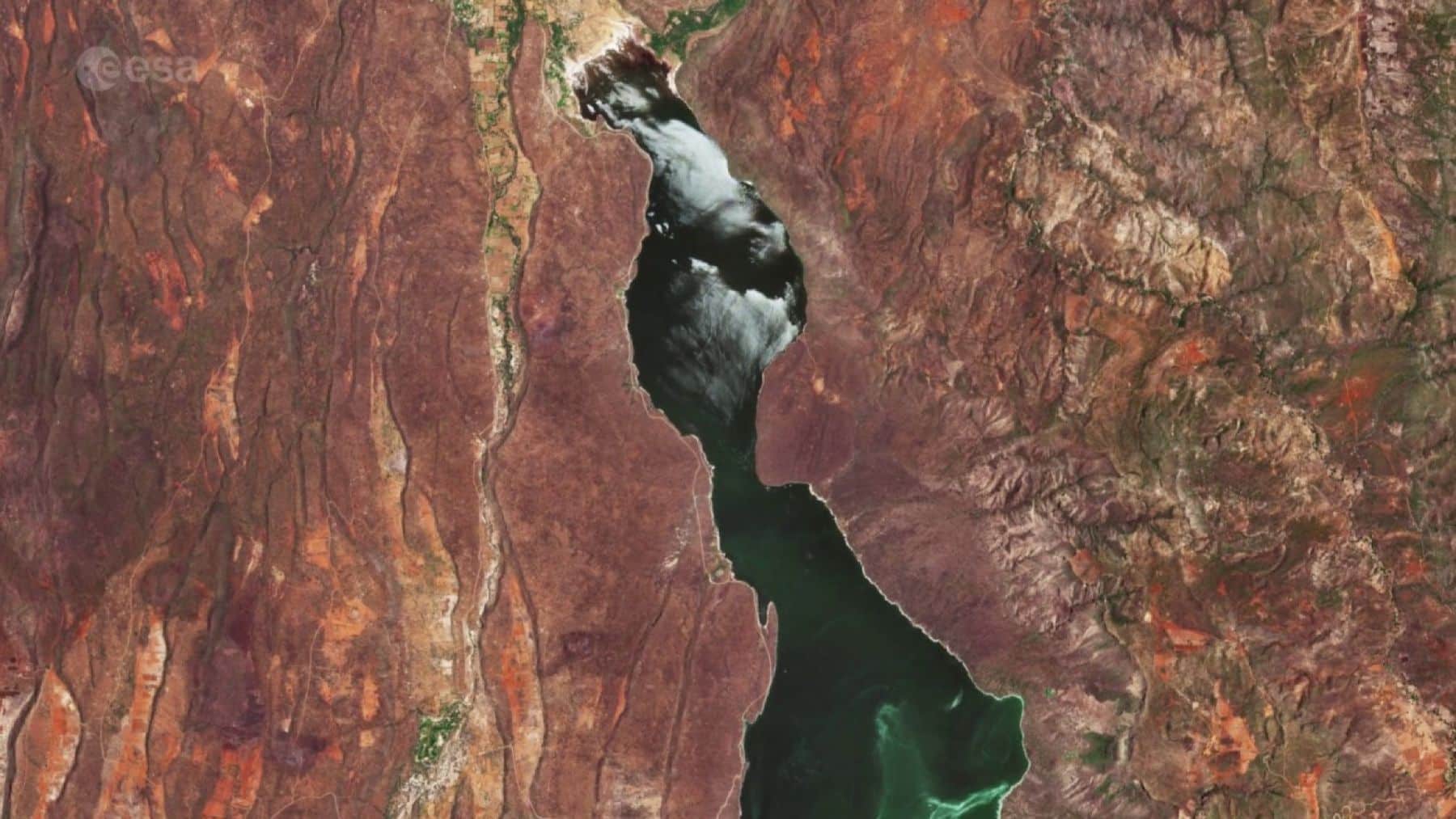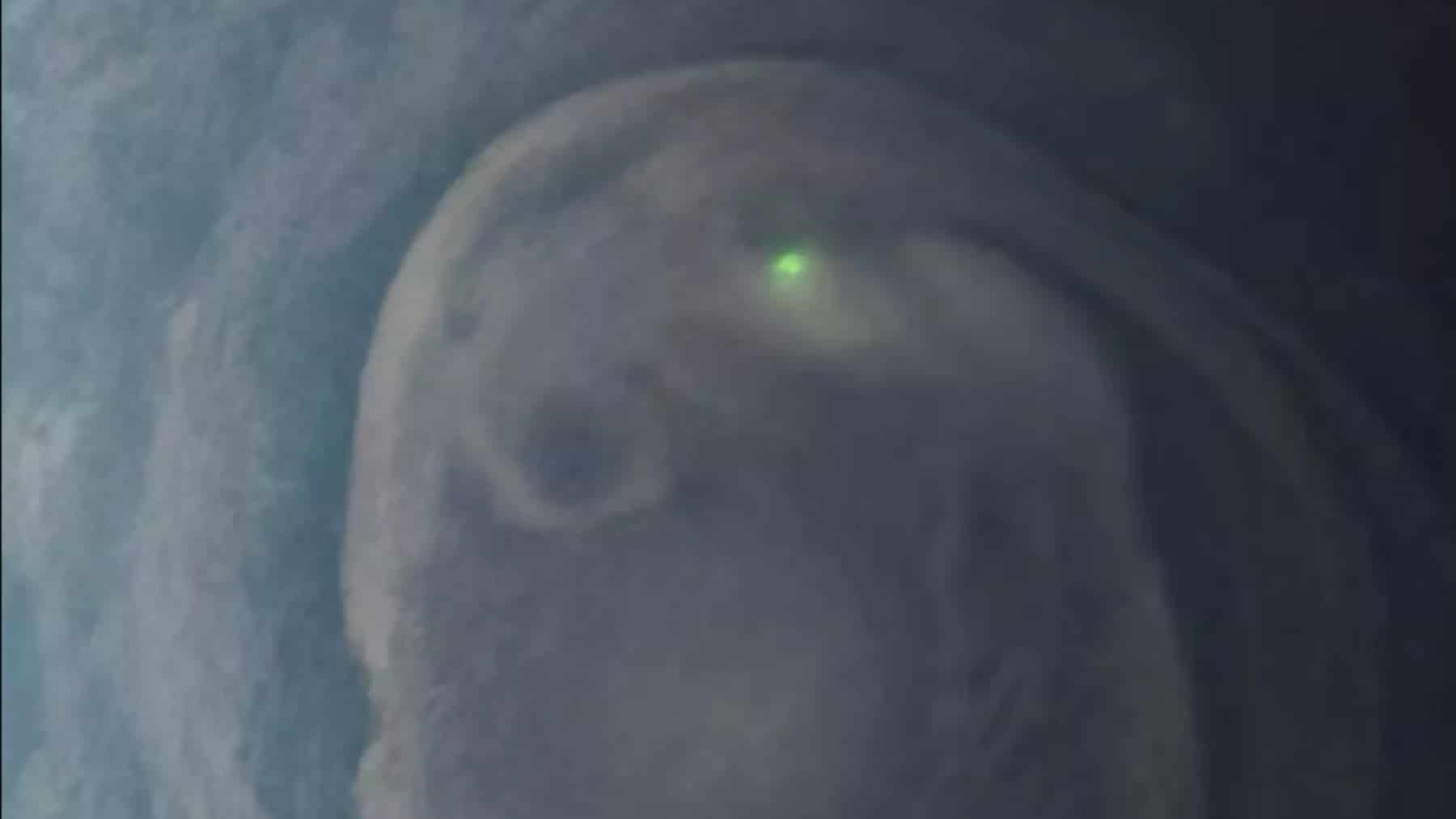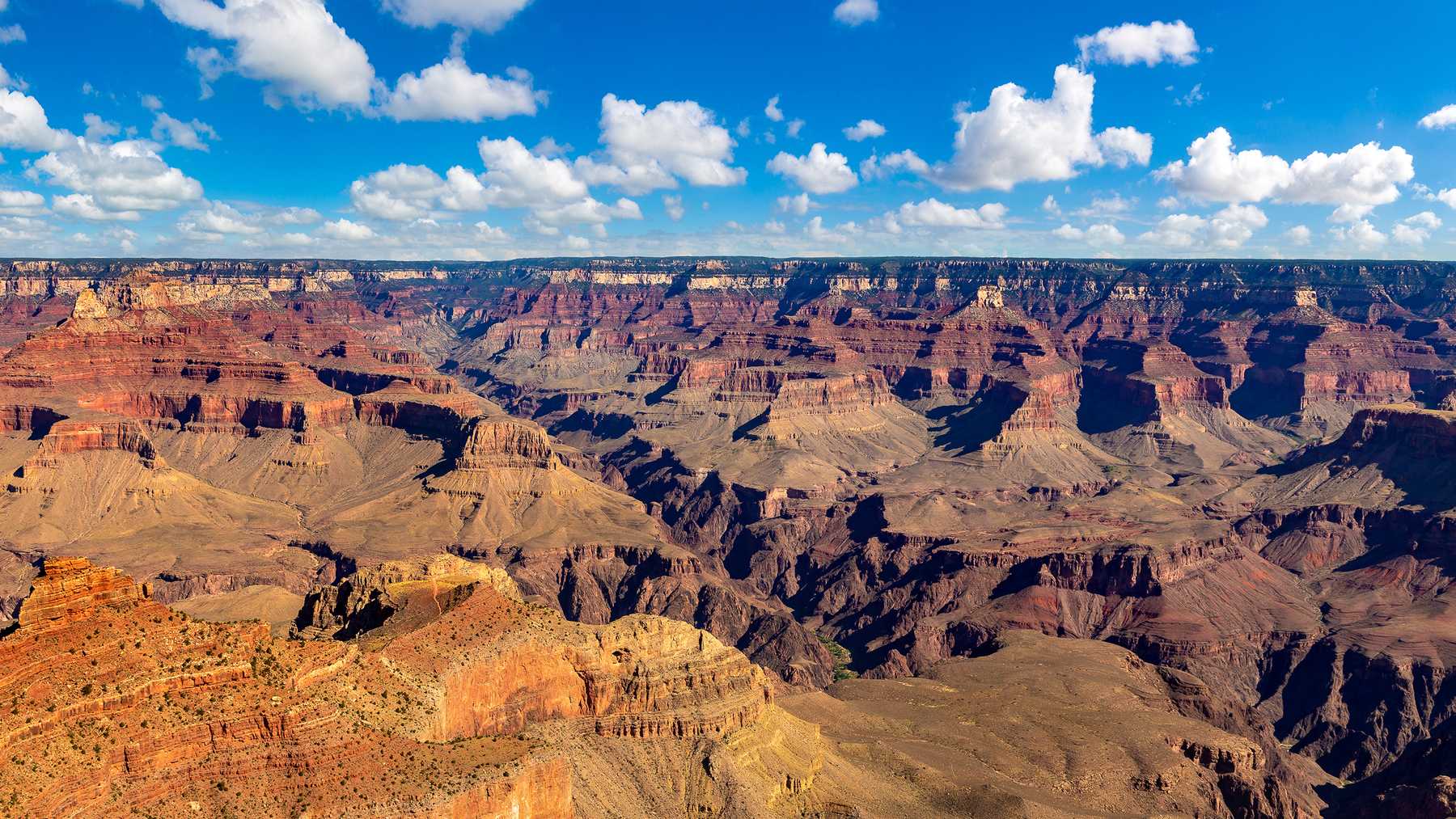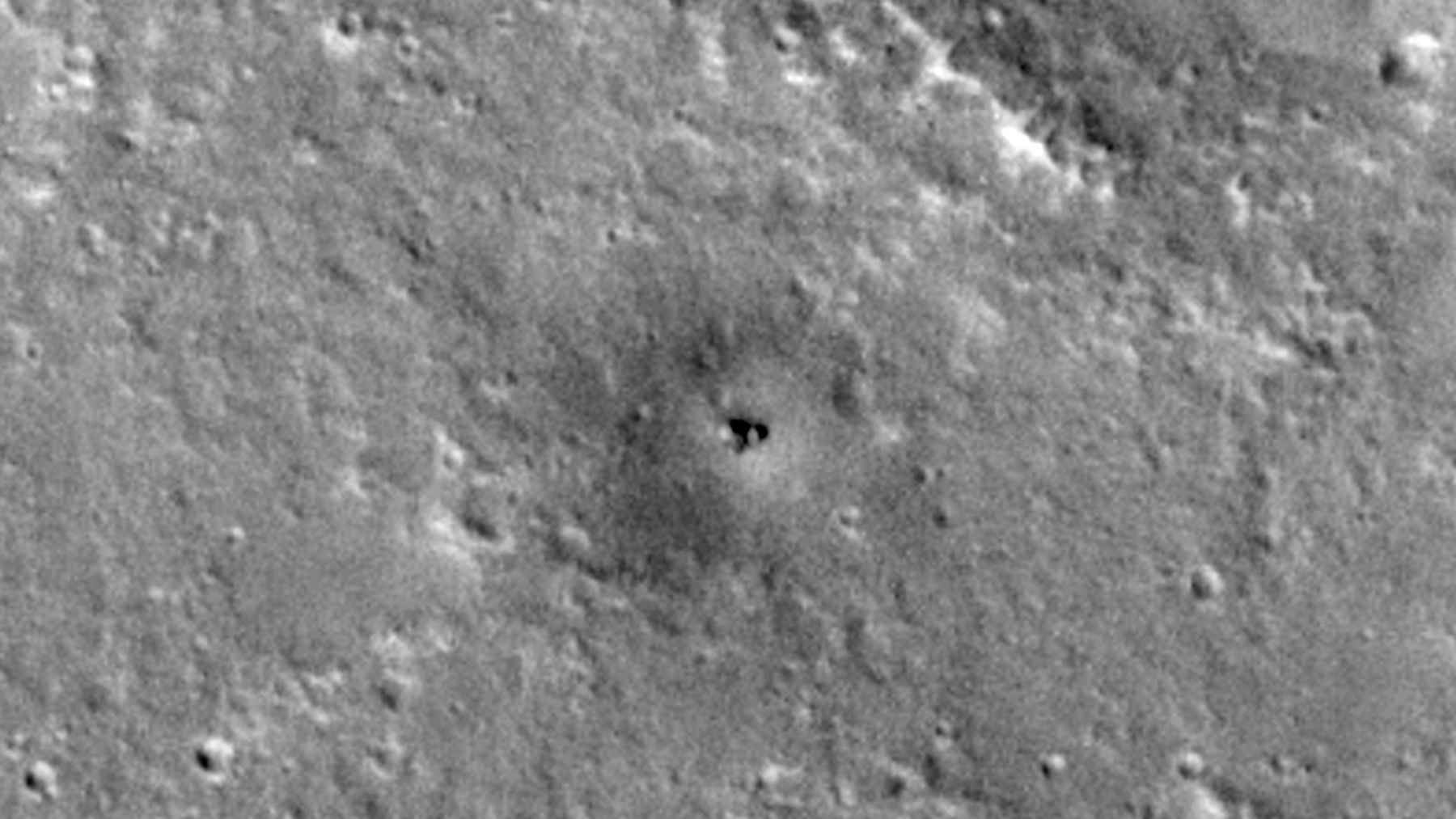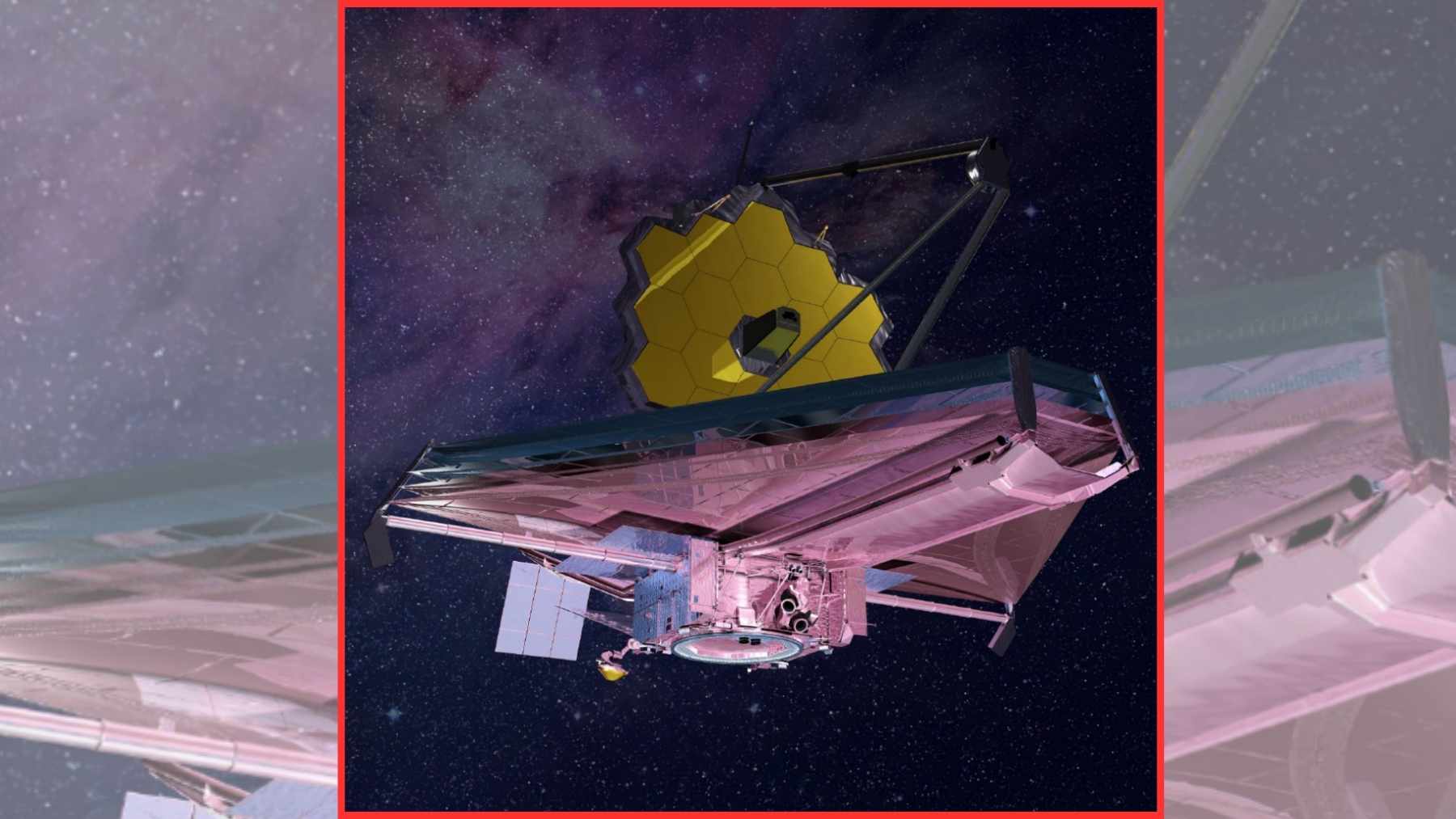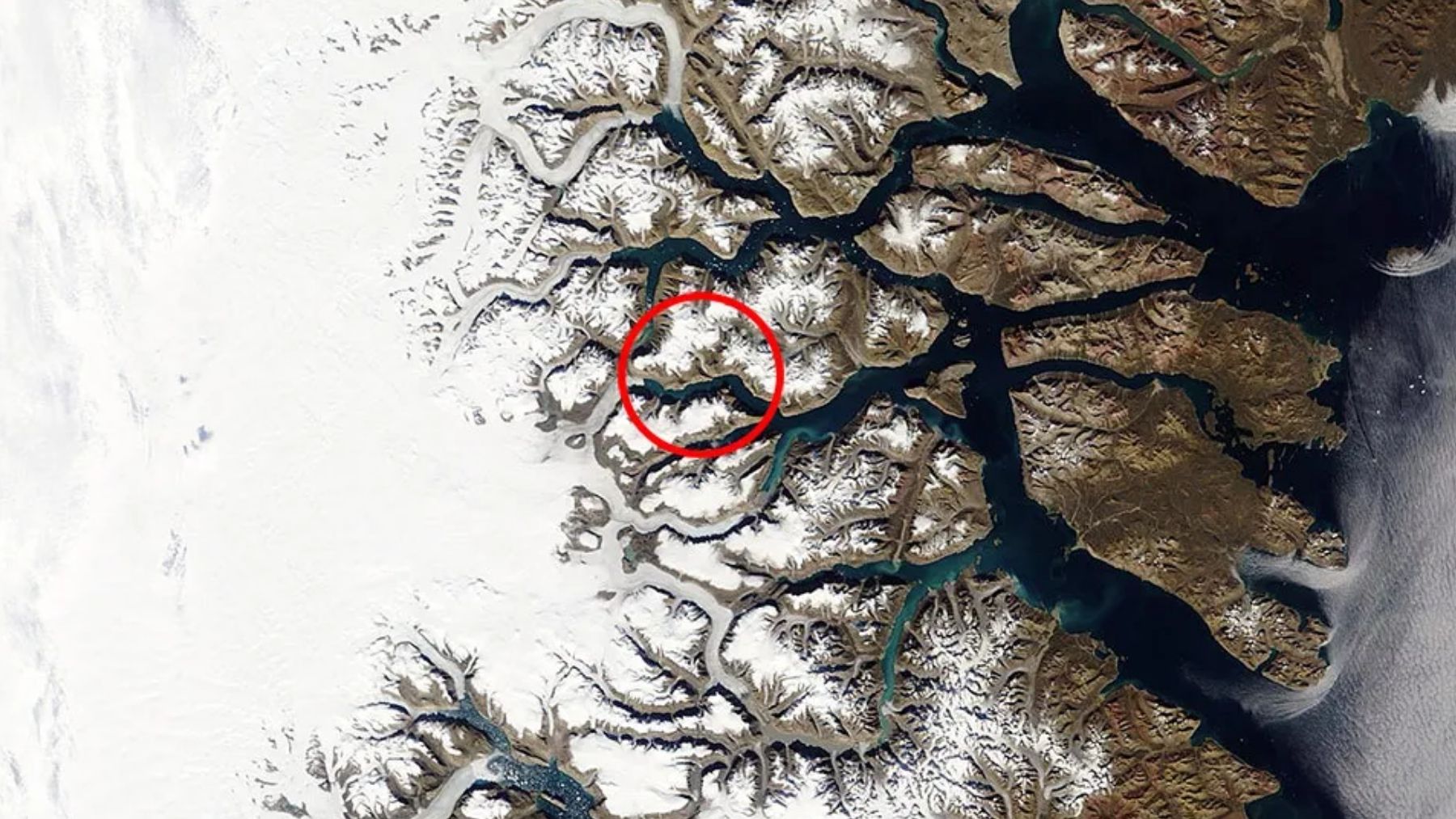The tectonic plate beneath Tibet shows groundbreaking geological development through research findings depicting a split into two parts, producing a large rift structure. Research findings about the Tibetan tectonic plate splitting shed new light on our understanding of geological processes, exceeding previous theoretical models. A detailed examination follows this significant discovery, together with its possible effects.
The splitting tectonic plate has great geological significance
Scientists observed that the Indian Plate, situated underneath Tibet, is undergoing significant changes, which lead to its division into two components. Scientists observed the tectonic plate split into two distinguishable parts through which seismic movements create changes to the geological map of the area. Linear seismographic imaging technology revealed complete plate structure information.
The Indian Plate subsurface structure was studied using seismic tomography. Earthquake-generated seismic waves allow scientists to determine their travel times through this research method. The investigation of seismic waves revealed an unmistakable split inside the plate, proving that it is separating into two distinct segments. The discovery led scientists to pursue more studies to reveal the reasons for this unexpected plate split.
Implications for seismic activity
The breaking of the Tibet tectonic plate has meaningful consequences for seismic behavior at this location. Further divisions within the plate will generate additional seismic events. Because of this geological development, the densely populated regions of Tibet and surrounding areas face potential dangers; therefore, effective monitoring and preparedness measures become necessary.
Increased earthquake risk
A tectonic plate break creates novel fault lines that produce more powerful earthquakes that become more frequent. Severe earthquakes in this area would trigger devastating outcomes that would endanger people and infrastructure across the affected region. Teams studying seismic patterns at the tectonic plate division point must establish how this information will empower their comprehension of the effects.
Scientists have discovered an essential geological significance in the splitting tectonic plate that exists under Tibet. This discovery establishes fresh perspectives about plate tectonic processes and surface transformation procedures. Because of the potential earthquake-related dangers, scientists must continue studying this outstanding development while strengthening observational programs and disaster readiness. The discovery confronts current geological theory while creating research possibilities for the science of geology.
Revisiting plate tectonics theory
Scientists traditionally understood plate tectonics as rigid large plates that meet at specific boundaries while moving. However, scientists learning about a tectonic plate separation inside its interior indicate that plate governing processes exceed previously understood theories. Research about plates and ocean basin formation and evolution has developed a new understanding following this discovery.
Future research and monitoring
Research and monitoring activities in the Tibetan region have become more vital because scientists have discovered an active tectonic plate partition beneath Tibet. Modern science focuses on discovering the driving forces behind plate fragmentation while analyzing foreseeable long-term implications. The findings from this research hold great value toward enhancing our abilities in earthquake prediction and emergency response.
Advanced monitoring techniques
Modern tectonic research employs space-based instrumentation and high-definition seismic image data to detect active tectonic processes. Modern science focuses on discovering the driving forces behind plate fragmentation while analyzing foreseeable long-term implications. These advanced tools enable scientists to monitor plate structure alterations and real-time motion changes, enabling predictions about seismic risks and upcoming events.
A historic breakthrough occurred in geology science after experts detected the tectonic plate beneath Tibet separating into two distinct segments. The splitting tectonic plate creates significant consequences regarding seismic events, existing geological principles, and the Earth’s natural dynamic processes. Because of the potential earthquake-related dangers, scientists must continue studying this outstanding development while strengthening observational programs and disaster readiness. The discovery transforms our concepts about plate tectonics and demonstrates the Earth’s ongoing transformations.
